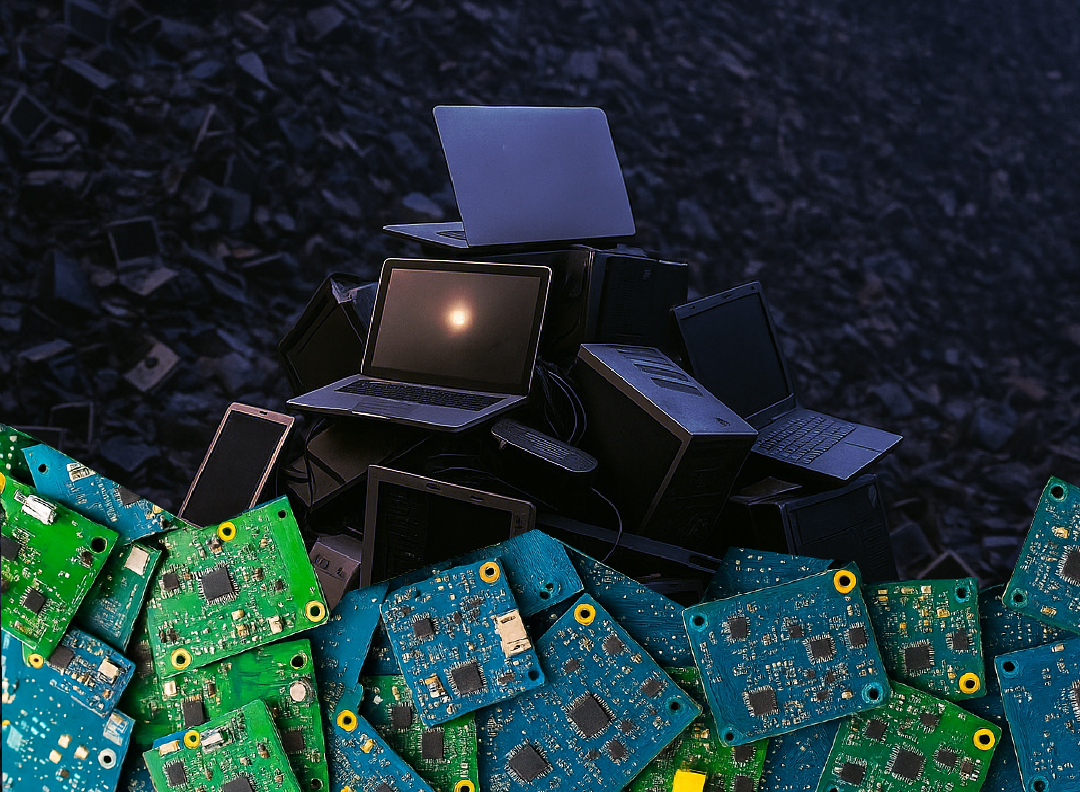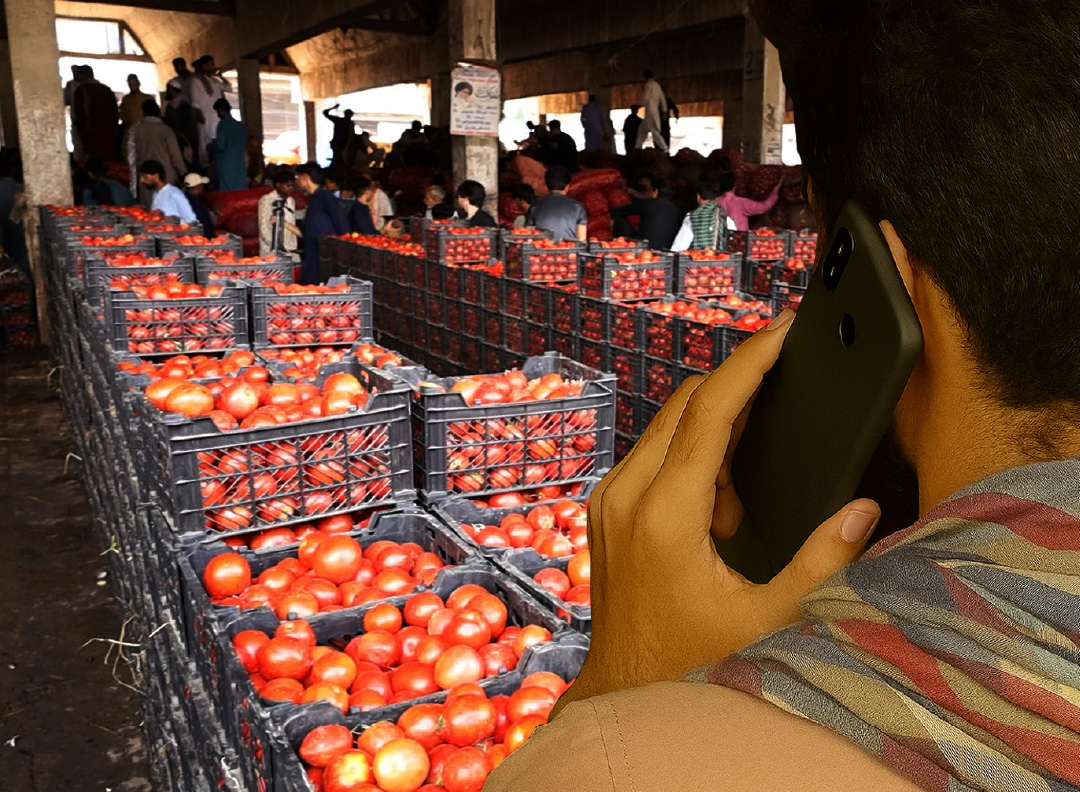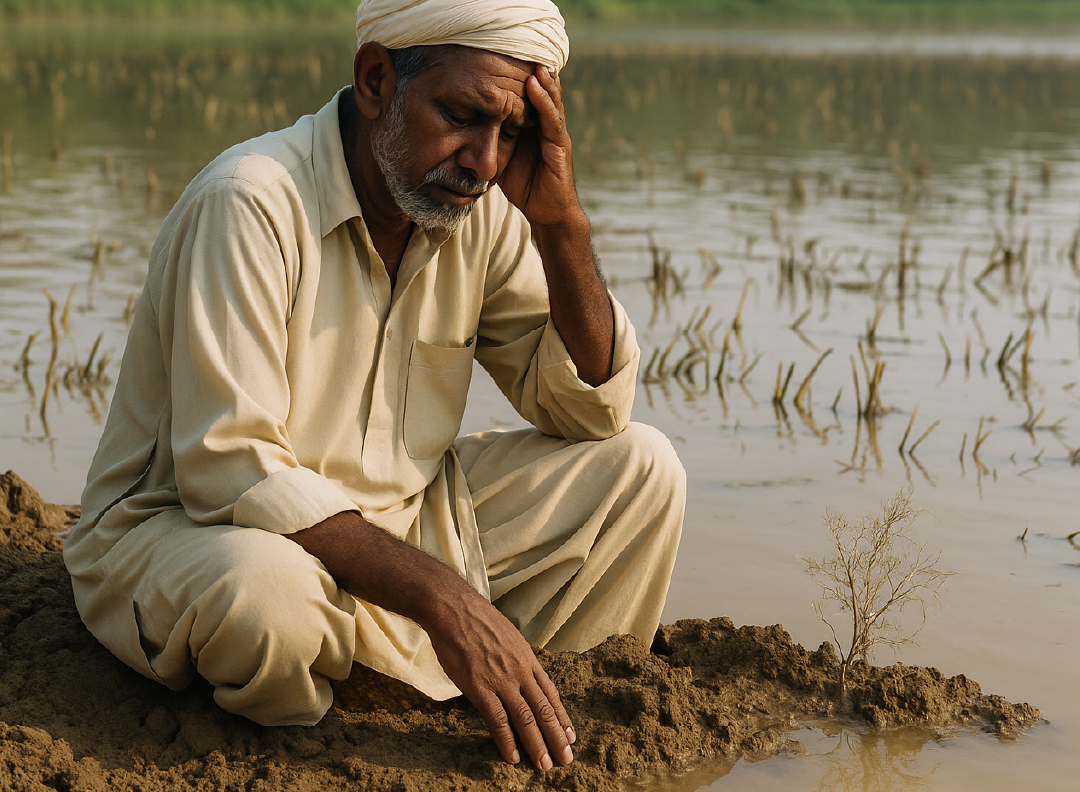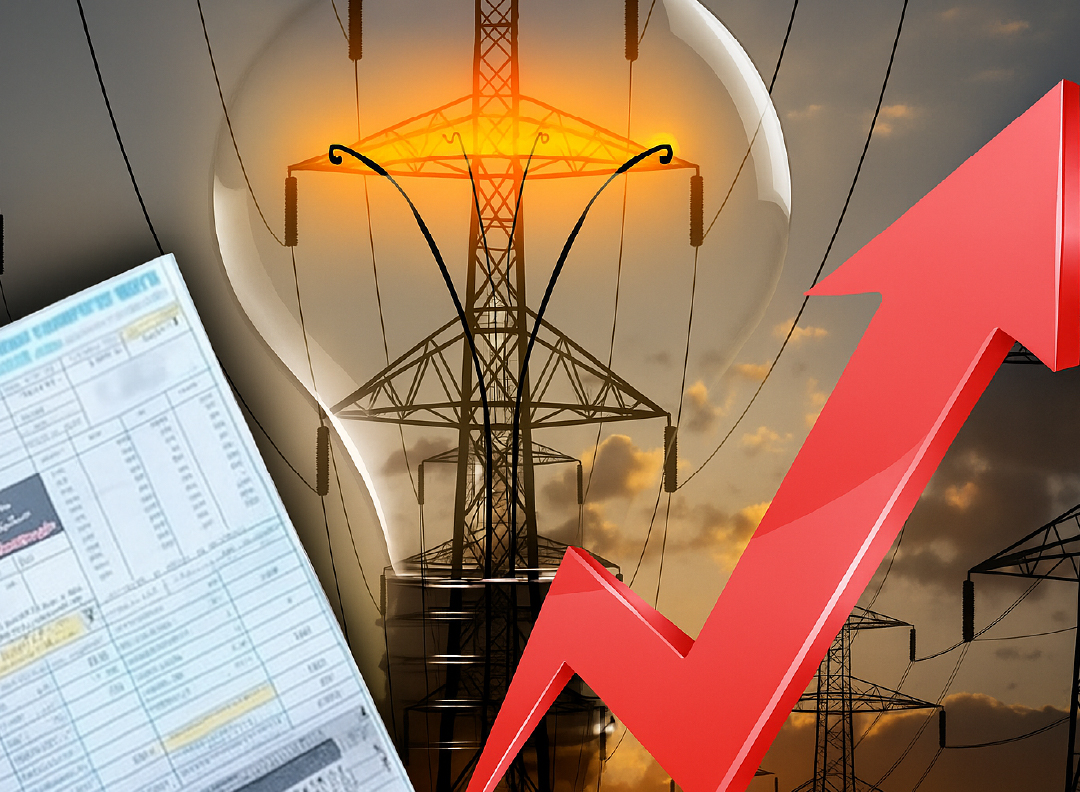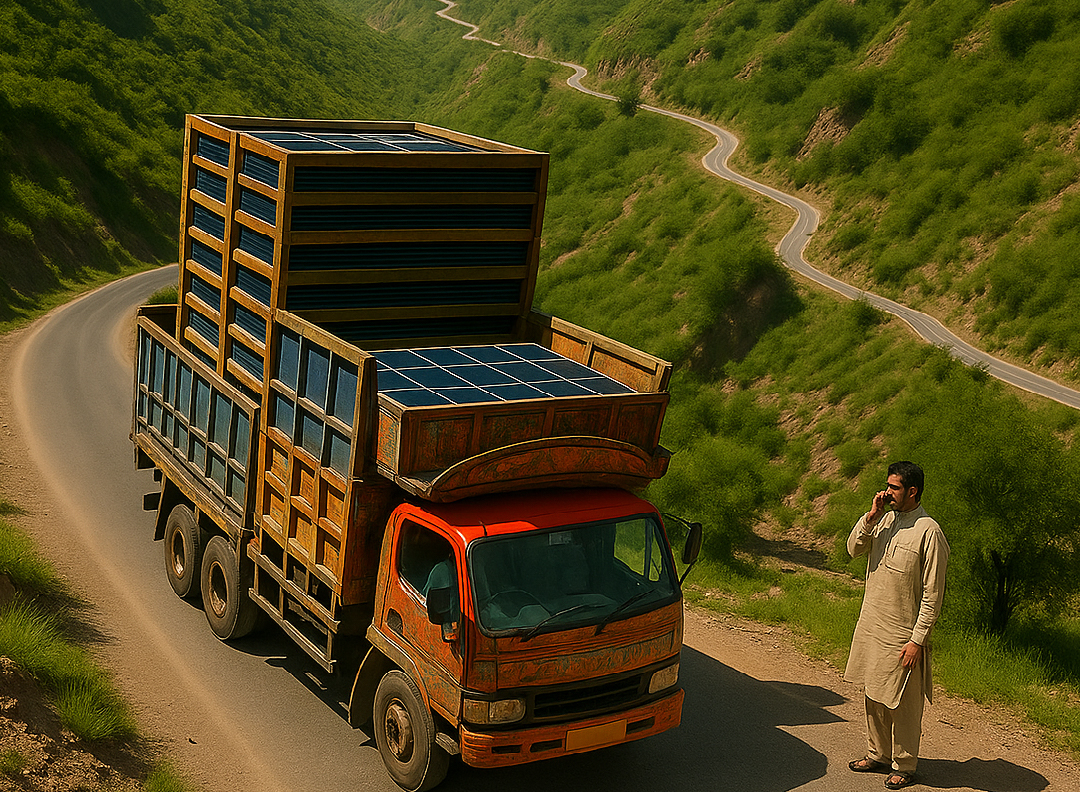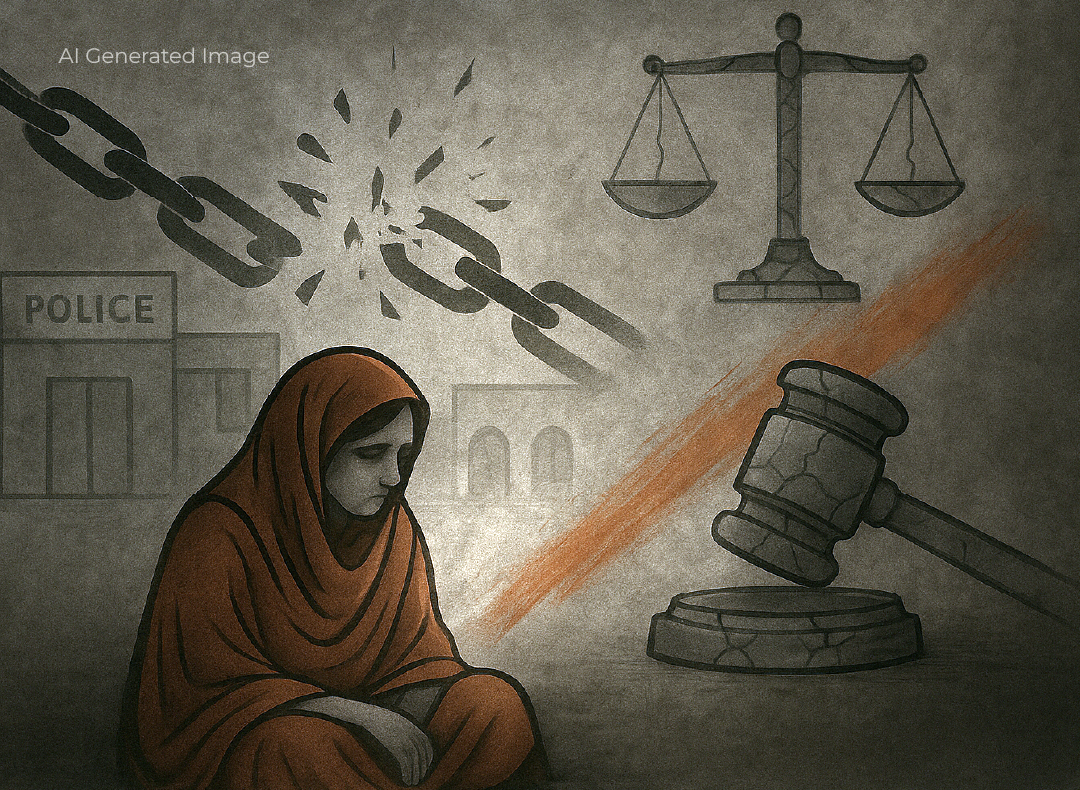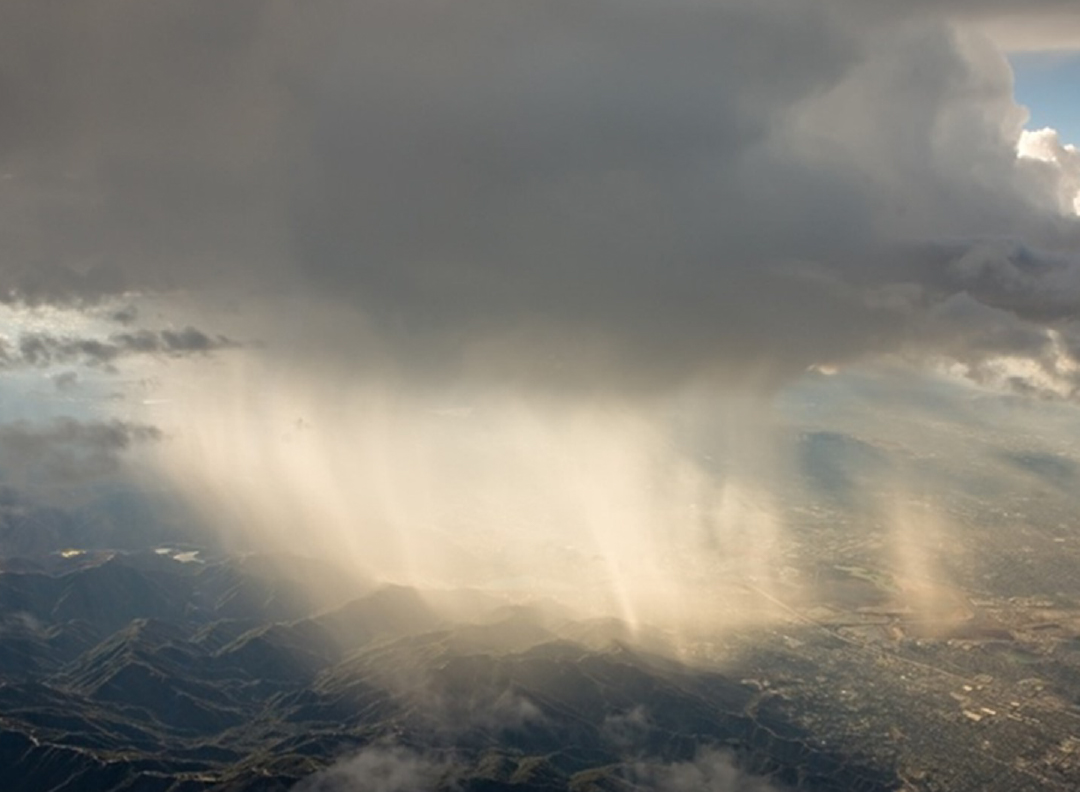The hailstorm that wreaked havoc in many parts of Punjab and Islamabad in April this year exposed the fragility of solar panels as many neighborhoods reported massive damage to the main component of rooftop solar systems. This natural disaster left piles of panels turned into what is called e-waste.
Pakistan imported 17GW of panels in fiscal year 2024, registering a 227 percent jump from 4.9GW in the prior fiscal, according to Global Electricity Review 2025 by Ember, an energy think tank in the UK. If the average capacity of one panel is considered 550 watts, the country has imported 44 million panels in last two years!
Once these panels expire after completing a 15-30 years lifespan, Pakistan will be left with heaps of e-waste.
The solar boom of the last two years in Pakistan is now being followed by a similar trend in use of lithium batteries. According to a report of the Institute for Energy Economics and Financial Analysis (IEEFA), Pakistan has imported an estimated 1.65 gigawatt-hours of lithium-ion battery packs in 2024 2025. These batteries usually have a productive life of five to ten years which obviously means that they will become part of the e-waste dump sooner than the solar panels.
It’s high time we ask the important question: where would this massive e-waste go?
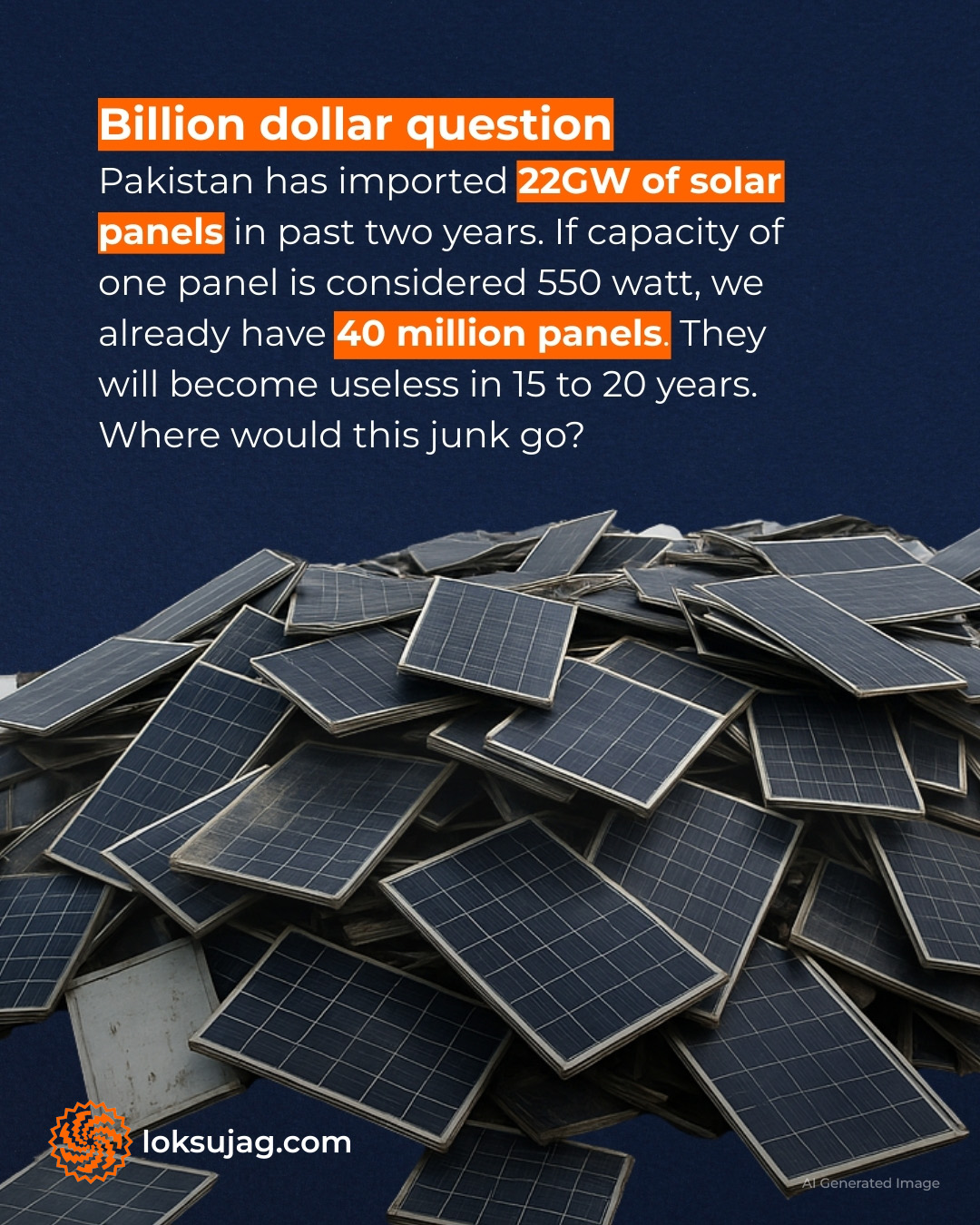
Pakistan is sitting over a known ‘huge reserve’ of rare earths
A photovoltaic (PV) panel is made of glass, silicon cells, a plastic back and an aluminum frame. It also has small amounts of metals like silver and copper that carry electricity.
Qamar Mehdi, who is in the business of solar system installation, says that when panels are discarded, they mostly end up with scrap dealers who separate glass and aluminium. “Aluminium is usually recycled, while the glass part also finds its way into reuse.” But he does not know of any local system for extracting silicone and any metals from these panels.
Most common crystalline PV solar panels also contain small quantities of lead and cadmium. Recent studies have shown that these heavy metals in solar panels can leach out of the cells when dumped improperly. They seep into groundwater and affect plants. If solar panels are constantly dumped in landfills, there is a high risk of turning this clean energy source into another environmental hazard.
“There is a surge in lithium-ion batteries because Chinese companies are now making alternative sodium-ion and lithium-phosphate batteries. Hence, lithium-ion batteries have become cheaper and are being imported in Pakistan in bulk,” says Qamar Mehdi. These lithium-ion units will begin to retire in bulk in five to ten years from now.
These batteries contain substantial amounts of lithium, nickel, cobalt, graphite and other metals. These metals are essential in manufacturing of almost all the modern tech products which has resulted in an intense competition among tech leaders like China and US over securing their supply.
The value of these materials and the global rivalry has also put a premium on retrieving the high-in demand metals from the e-waste.
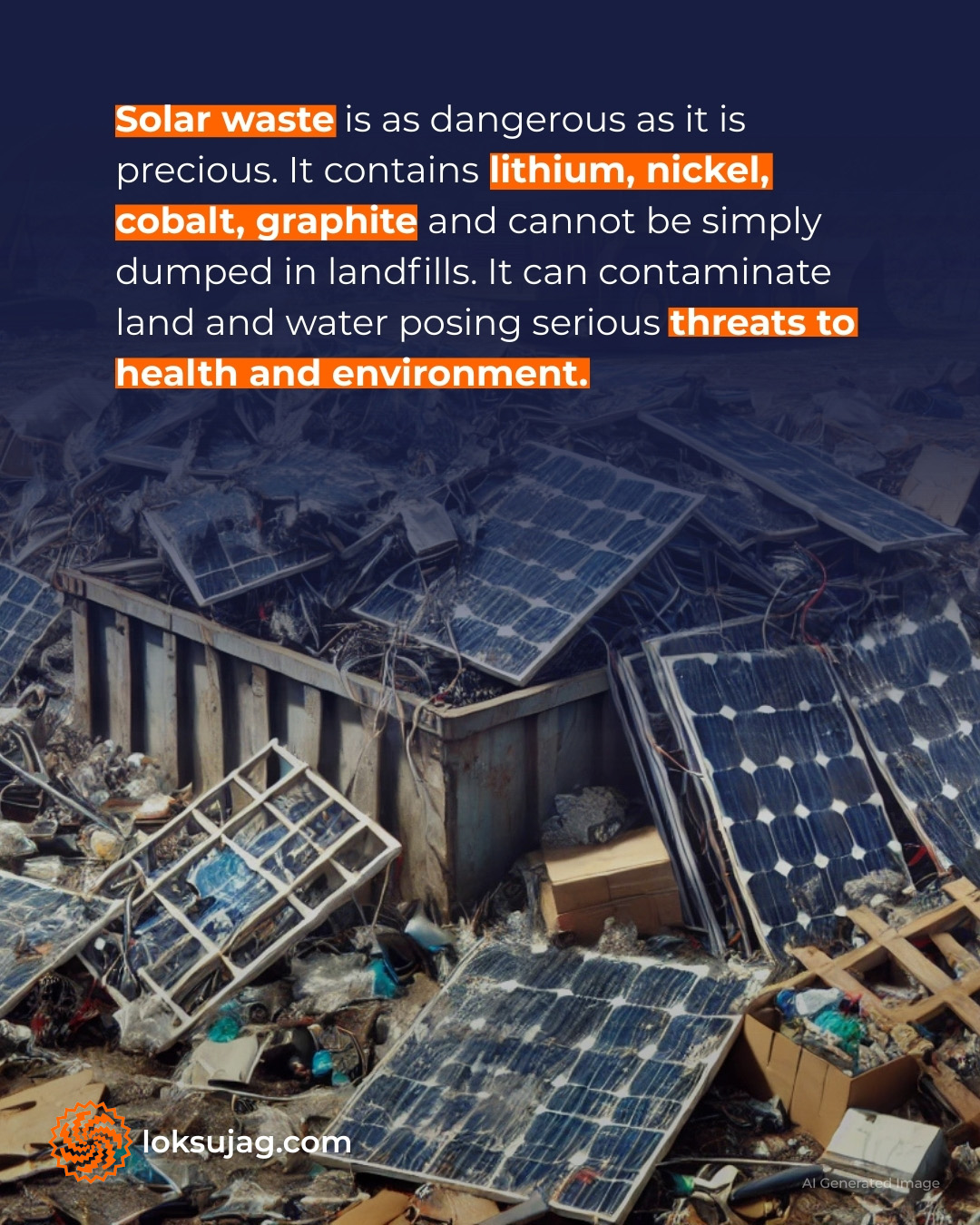
Lithium battery recycling global market is worth $13billion now
Around the world, scientists and recycling experts are working to recover the rare earth minerals from used and expired batteries. The good news is that some recycling processes are now able to recover up to 95 percent of critical metals such as lithium, nickel, cobalt and graphite from the wasted batteries.
The Redwoods Material, the largest lithium battery recycler in the US, says that the metal atoms of lithium and nickel can be recycled infinitely. Both of these are critical minerals, and according to the International Energy Agency, the demand for lithium worldwide is expected to grow six times by 2040. While Pakistan imports all of its batteries, recycling the wasted ones to extract precious and high-in-demand minerals can be a good economic opportunity.
Proper recycling is not only about meeting the market demand, but it can also build a local supply chain of lithium. The reliance on imports can be reduced when lithium and other minerals are locally recycled and used in the manufacturing of new batteries.
With the global lithium-ion battery recycling market valued at USD 13 billion in 2025 and projected to soar to nearly USD 98.4 billion by 2034, Pakistan may already be overlooking a rapidly emerging and high-value industry.
Dr Abdul Rehman Cheema, a development studies researcher who writes on environment, says that he’s not aware of any mainstream industry that is currently dealing in the recycling of lithium batteries in Pakistan.
“There remains a huge gap and the government should take initiative to create an enabling environment where private investors can find it profitable to invest in recycling. This will help reduce land and water degradation,” he suggests.
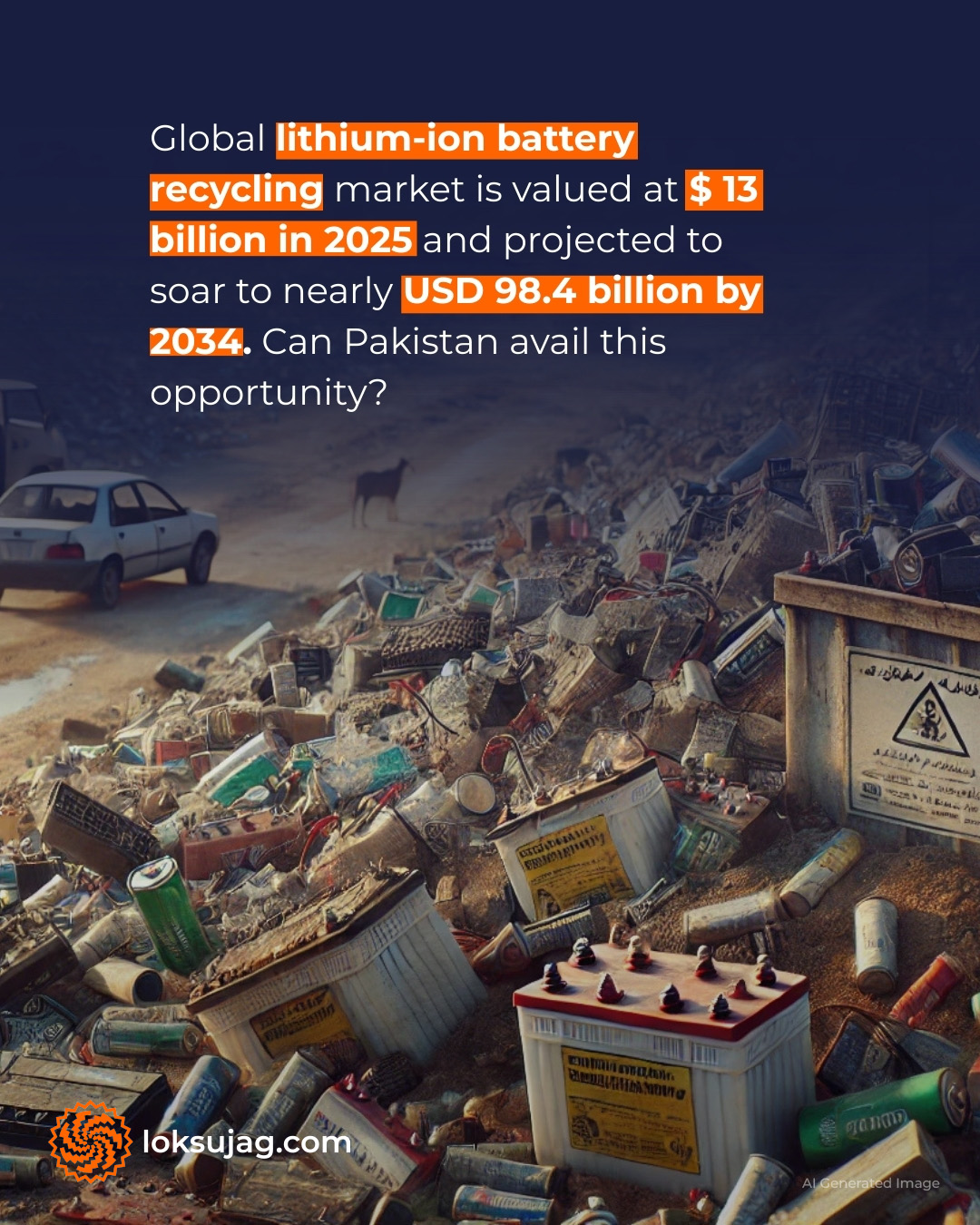
Battery recycling is highly technical and dangerous process
Recycling of the e-waste, however, is a dangerous business. Improper disposal of lithium-ion batteries can cause significant environmental risks, including fire hazards, chemical leakage and chemical pollution.
According to Dr Akif Zeb, materials scientist at the University of Siegen, Germany, “For recycling, the battery has to be discharged first; otherwise, it might catch fire. Lithium itself is highly inflammable and reactive; it can even react with the moisture in the air. The electrolytes in the battery are both toxic and volatile, which demand extreme caution in handling. Moreover, separating the battery’s elements is a complex and technically challenging task that requires specialized equipment and expertise.”
Lithium has been linked to respiratory illnesses in children. Research indicates that elevated levels of lithium in water can damage human cells and lead to serious health problems.
In July 2022, the European Chemicals Agency submitted a proposal to the European Commission recommending that three lithium compounds be classified as hazardous to human health.
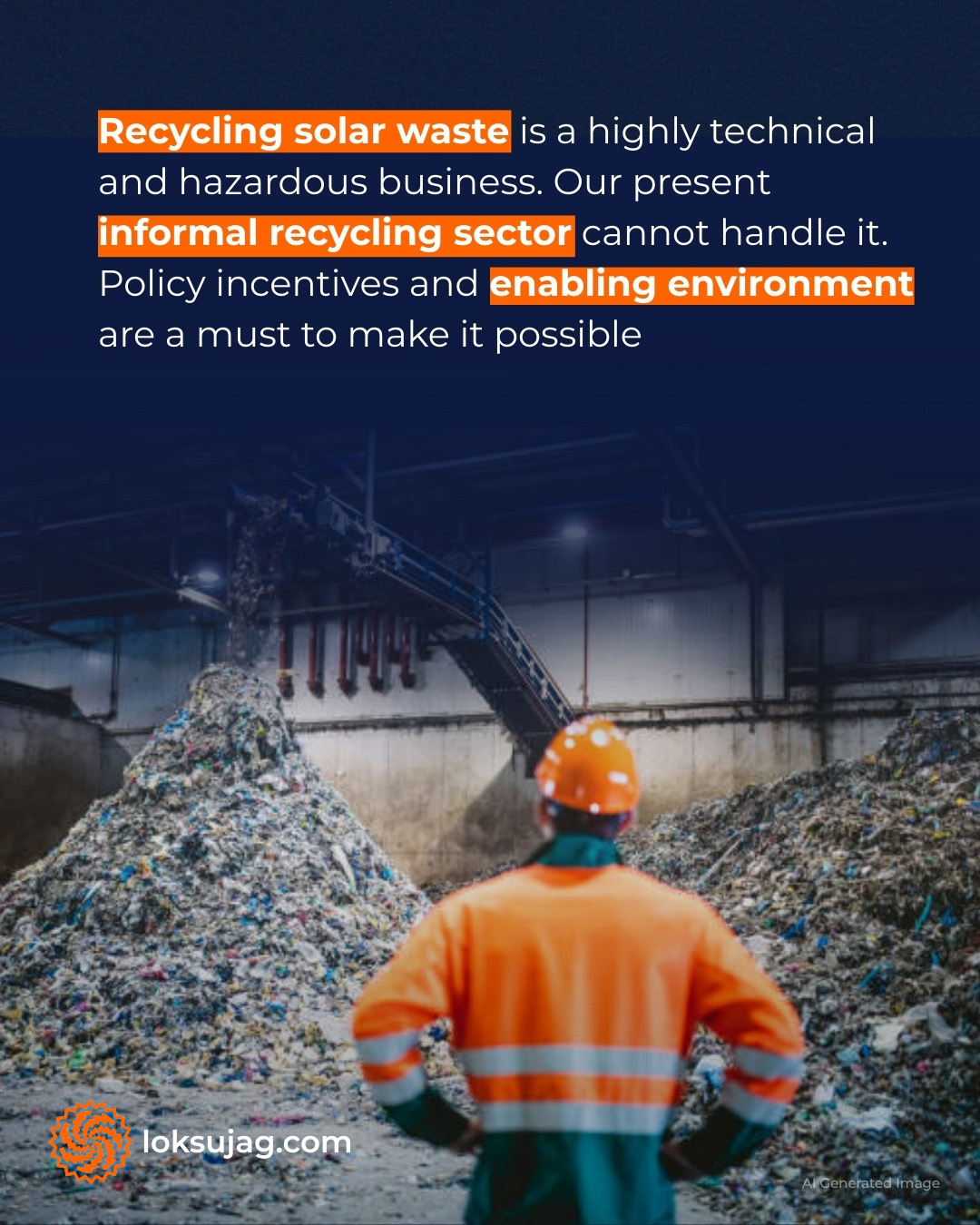
To sum it up, lithium battery recycling process can in no way be compared with the common battery recycling. It is a highly technical and dangerous process that cannot be undertaken without taking a lot of complicated precautionary measures.
“Since the informal scrapping follows no regulatory and safety measures, it is currently not possible for Pakistan to export any black mass (mixture of metals, graphite and other materials produced during recycling) or rare minerals extracted from e-waste. We usually send them abroad where they’re recycled.
If we invest in a certified and safe recycling mechanism that aligns with international environmental standards, we can also export recovered black mass or refined metals for revenue in the near future,” suggests Muhammad Shahzeb Kayani, the CEO of SolarX, a solar energy company.
Published on 19 Aug 2025
